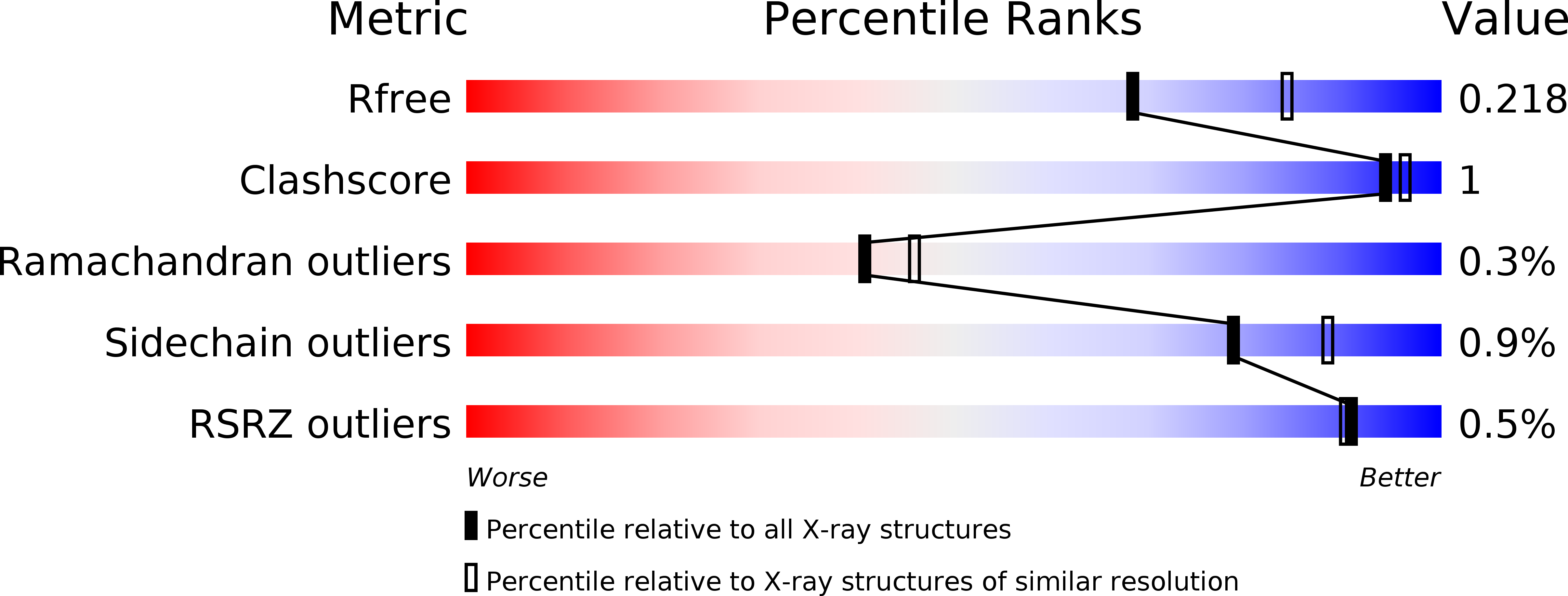
Deposition Date
2014-05-13
Release Date
2014-06-11
Last Version Date
2024-10-30
Entry Detail
PDB ID:
4QDG
Keywords:
Title:
Crystal structure of a putative adhesin (BT2657) from Bacteroides thetaiotaomicron VPI-5482 at 2.20 A resolution (PSI Community Target, Nakayama)
Biological Source:
Source Organism:
Bacteroides thetaiotaomicron (Taxon ID: 226186)
Host Organism:
Method Details:
Experimental Method:
Resolution:
2.20 Å
R-Value Free:
0.21
R-Value Work:
0.16
R-Value Observed:
0.16
Space Group:
P 1 21 1


